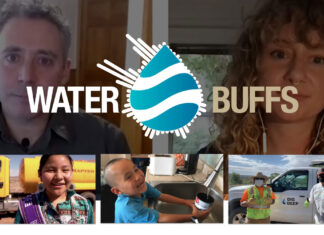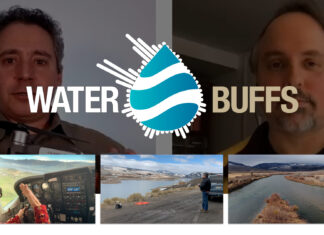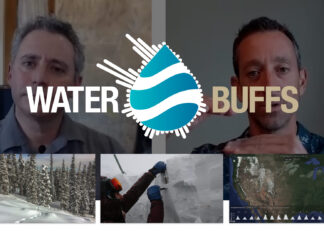Featured Story
More from The Water Desk and our partners
How this spring’s snowpack is stacking up
No joke: April 1 readings were decent across many parts of the West, but some areas are still stuck in a snow drought
Why atmospheric rivers can be both harmful and helpful
These "rivers in the sky" can cause catastrophic flooding but are also critical for the West's snowpack
What is an atmospheric river? A hydrologist explains the good and...
On average, atmospheric rivers have about twice the regular flow of the Amazon River.
Helpful sites for tracking snow and the (subpar) snowpack
There’s no shortage of websites with maps and graphics visualizing snow forecasts and the state of the snowpack.
Staying safe with the Winter Storm Severity Index
This pragmatic tool from federal forecasters illustrates where snow, ice, and wind can be deadly and disruptive.
Billions in federal assistance after New Mexico’s largest wildfire. But little...
Stream restoration beset by lack of money and workers.
Our grant programs offer funding to journalists to support their coverage and strengthen their professional development.

Stories produced by our editorial team and partners. These are free for reposting by qualifying organizations.























